After arriving in Bulgaria just after midday, there was a 5-hour journey to complete before reaching our first accommodation of the trip, in the Eastern Rodopi Mountains. We noted a few birds as we passed through the lowlands of Bulgaria; of most interest were Montagu’s Harrier, Booted Eagle, Roller and Crested Lark. The harrier, as it turned out, would be our only one of the trip.
There was a little bit of time remaining in the late afternoon, and as we still had some energy, we completed a short walk to the outskirts of the village we were staying in. Immediately we heard singing Nightingale, Golden Oriole, Hoopoe and Turtle Dove, a mix that would be omnipresent throughout our next week in the Eastern Rodopi. There were also Red-backed Shrikes, Black-headed Buntings and Eastern Olivaceous Warblers, which having not been outside of England for several years, were all good to see.
Amongst a small range of butterflies, we found several Eastern Festoons, a spectacular species and one I was very keen to photograph well at some point during the trip. The first week in the Eastern Rodopi would likely be the best chance to do this. I noted a small meadow where several were flying, and thought it would be worth checking later in the evening in case we could find a roosting individual to photograph. Other butterflies to kick off the trip were Green-underside Blue, and four species that are ubiquitous across the Eastern Rodopi: Knapweed Fritillary, Lesser Spotted Fritillary, Oberthur’s Grizzled Skipper and Orbed Red-underwing Skipper.
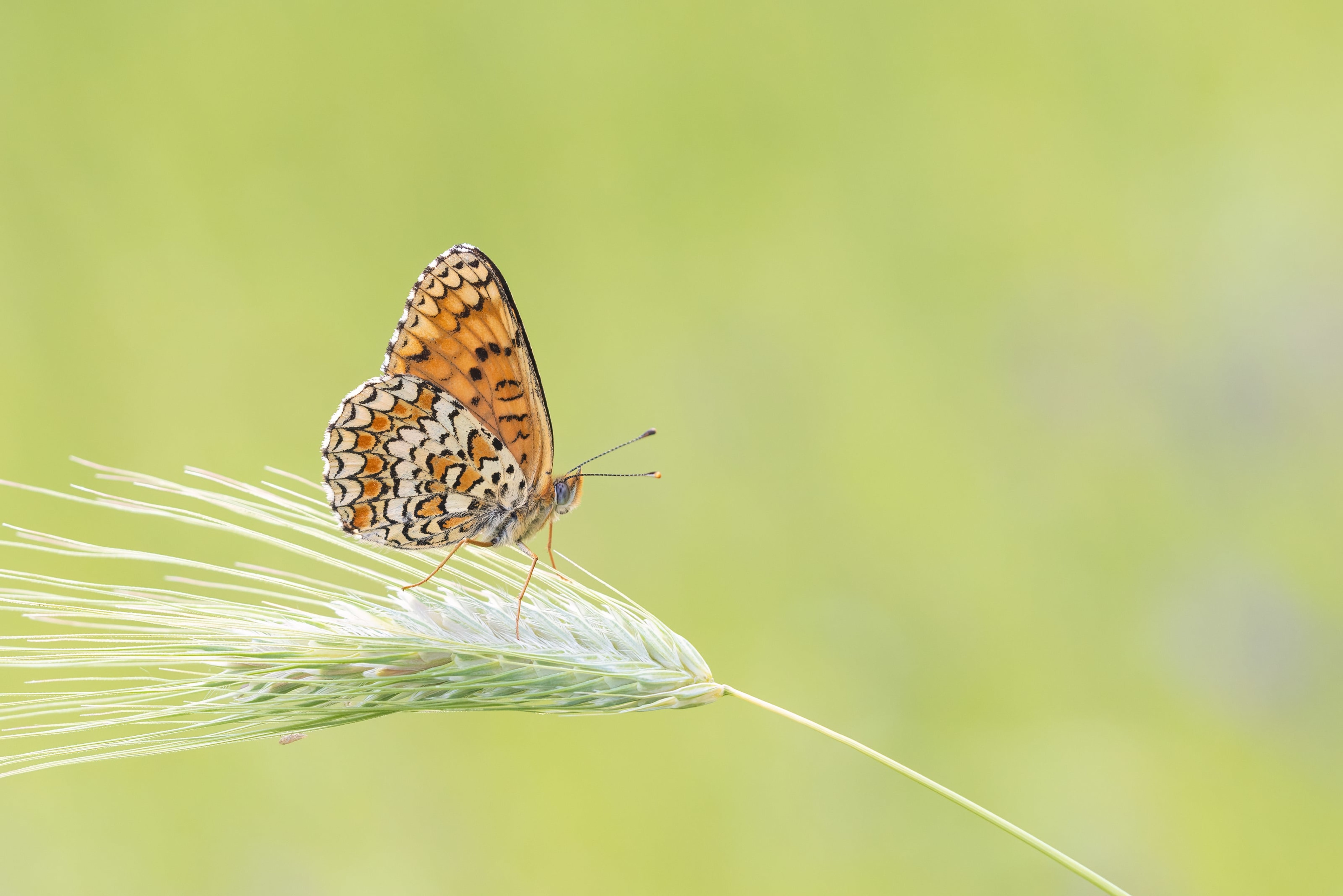
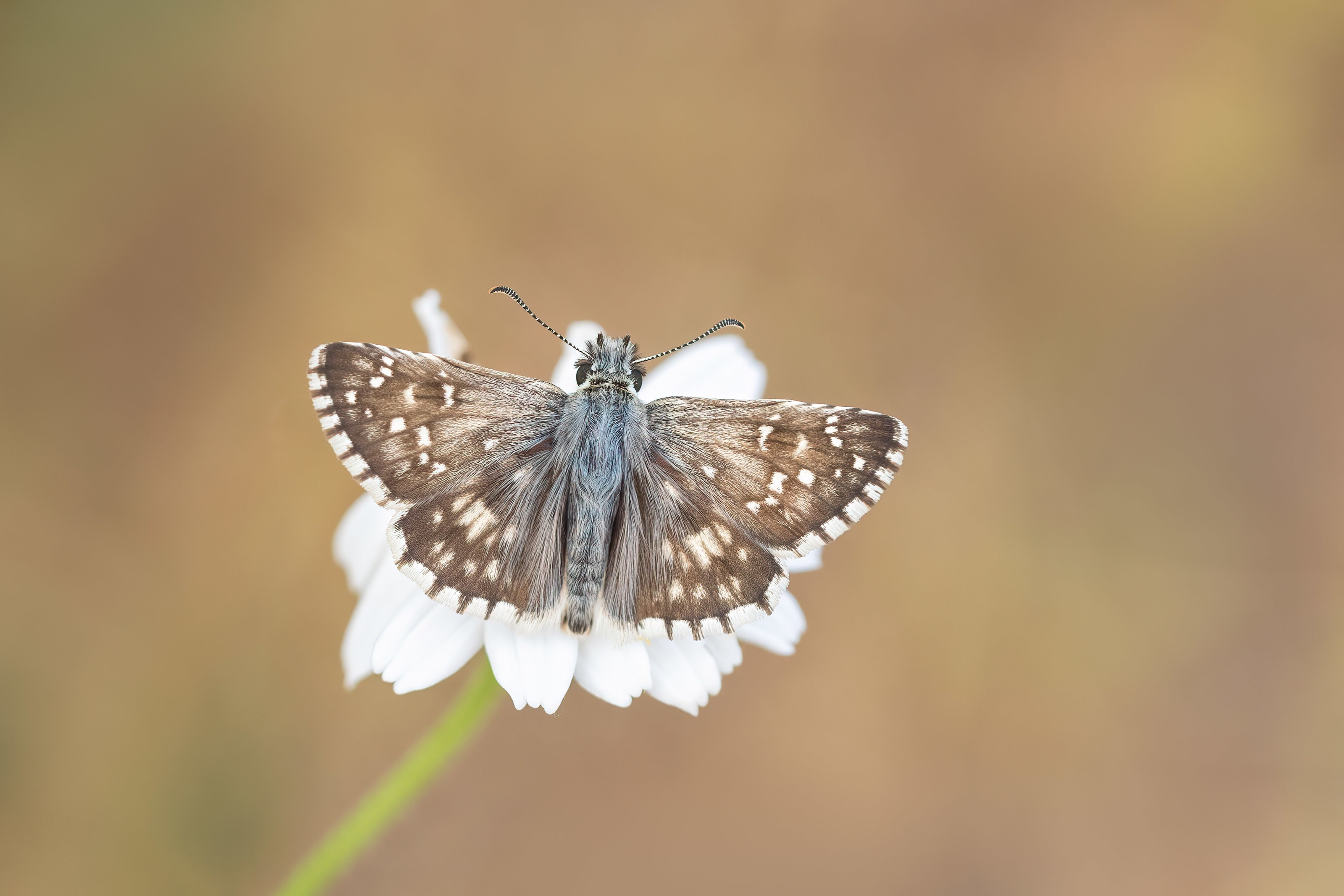
Perhaps the highlight of the evening’s walk was finding several of the smart micro moth Euplocamus ophisa, a species of Tineidae found only in south-east Europe (Bulgaria, Albania, Macedonia, Greece and Turkey). One posed quite well and allowed me to achieve a few isolated photos. I also saw the other European member of the genus Euplocamus - the more widespread Euplocamus anthracinalis - but couldn't get a good photo. Other day-flying moths noted were a few Four-spotted, a Forester sp. (there are about 10 different species it could be!), and probably the most common micro throughout the region, the smart Gelechiid Mirificarma eburnella.
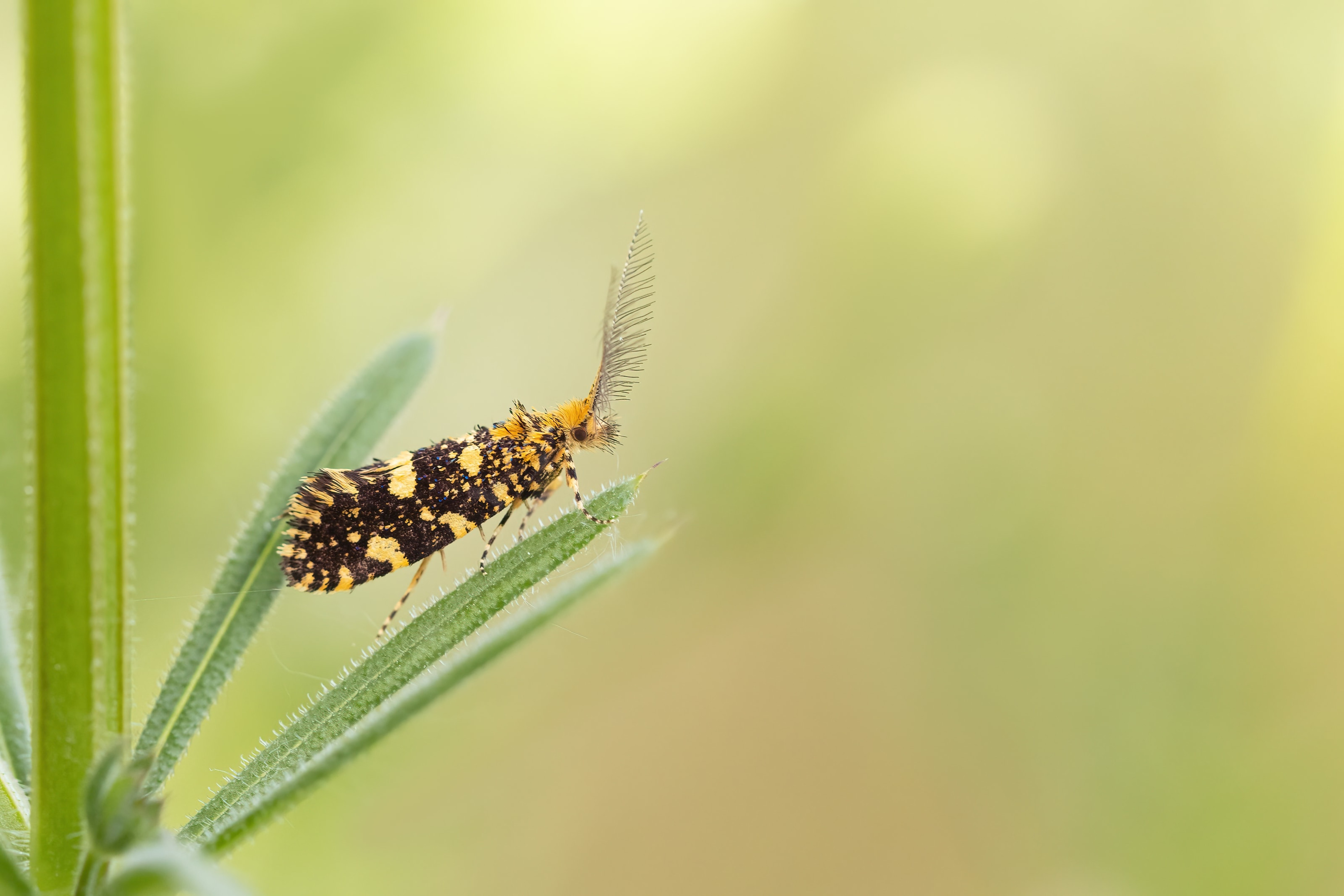
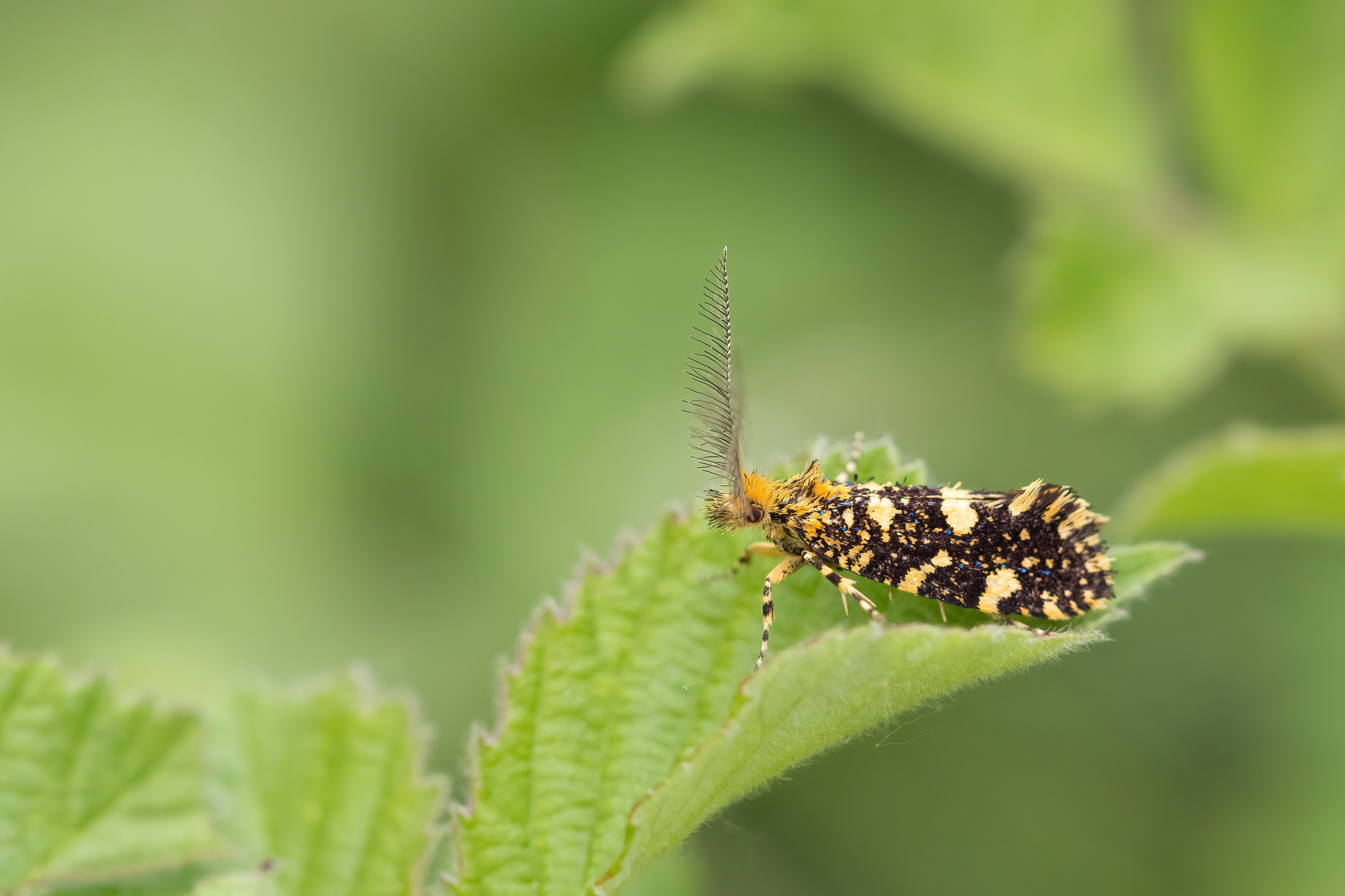




Generally throughout the trip there wouldn’t be time to stop and photograph every interesting invertabrate we found, but I had a little time this evening, so took the chance to capture a few of the best ones. Identification of some of these species groups is not always straightforward, and I still have a bit of work to do with the following:




As planned, we returned in the latter part of the evening to the meadow where the Eastern Festoons had been flying, and searched for a roosting individual. I found one after just a few minutes, and took a few photos, albeit in poor light. I left it in a memorable location so that I could return in the morning to perhaps get some improved images.

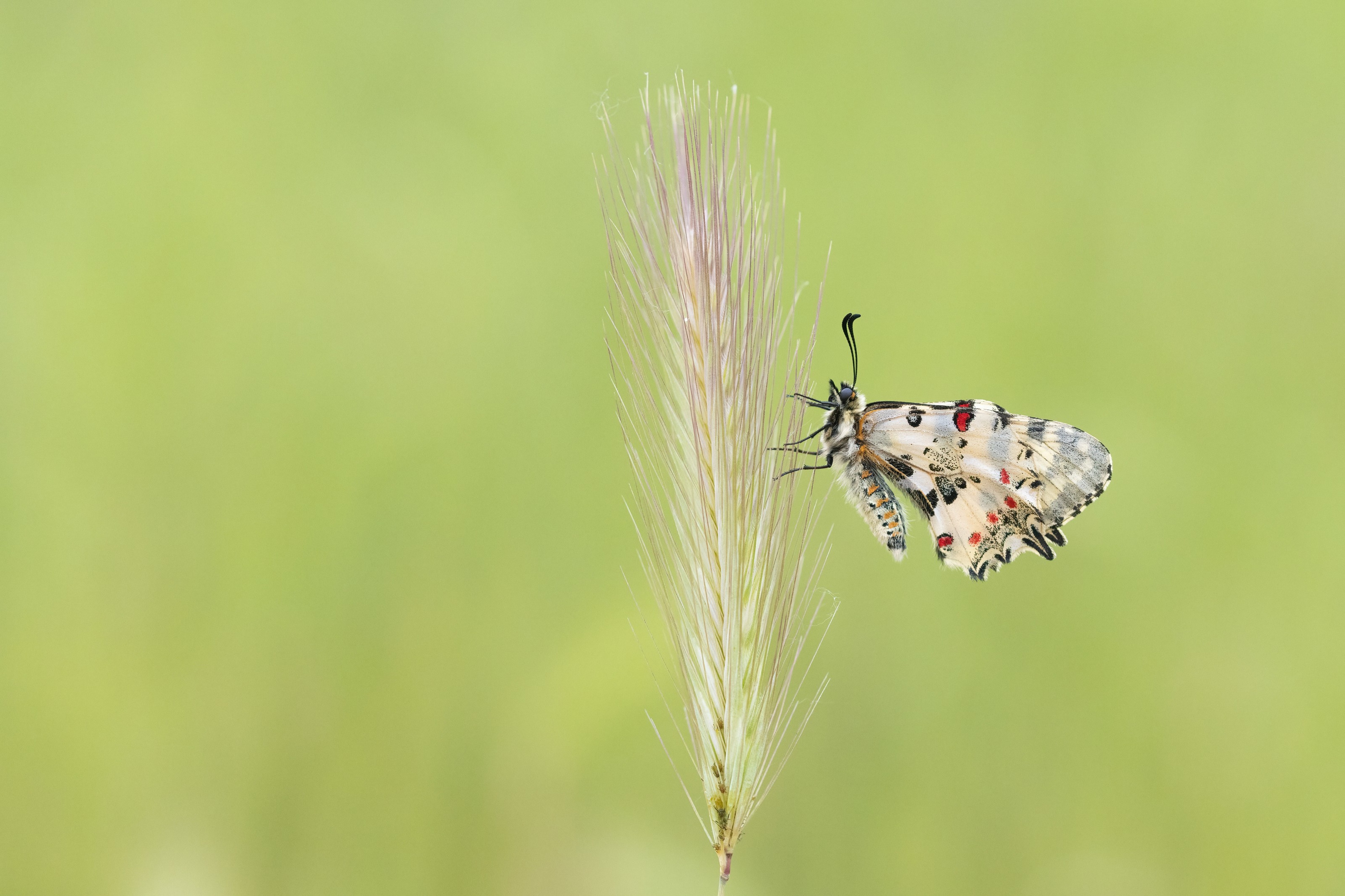
We returned to the accommodation for a bit of food, but once it began to get dark, we were back out again for some bat detecting and gecko searching. Over the river 'Byala Reka', which runs beside the village, we identified Common Pipistrelle and Daubenton's Bat, on the road back into the village we added Savi's Pipistrelle and Nathusius' Pipistrelle, and then in the village centre Kuhl's Pipistrelle, Common Noctule and Lesler's Bat, plus what was probably Parti-coloured Bat. On the road we also found our first herp of the trip, a Marsh Frog, and on a wall at the village centre the hoped-for Bulgarian Bent-toed Gecko. This is a speices found otherwise in Ukraine, SW Turkey and a few Greek Islands. Back at the accomadation there were several more geckos, and the day was finished off by a calling Scops Owl.
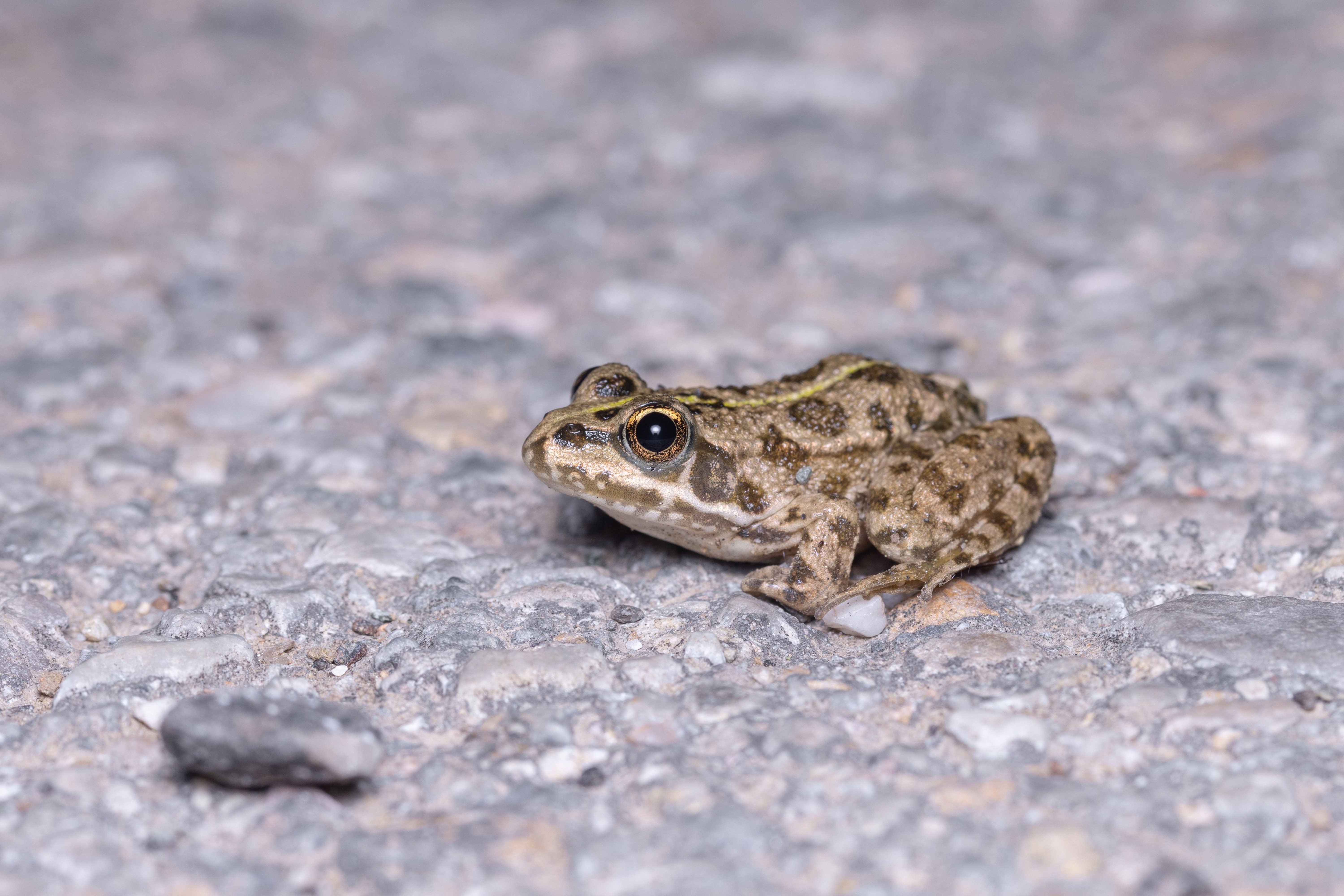
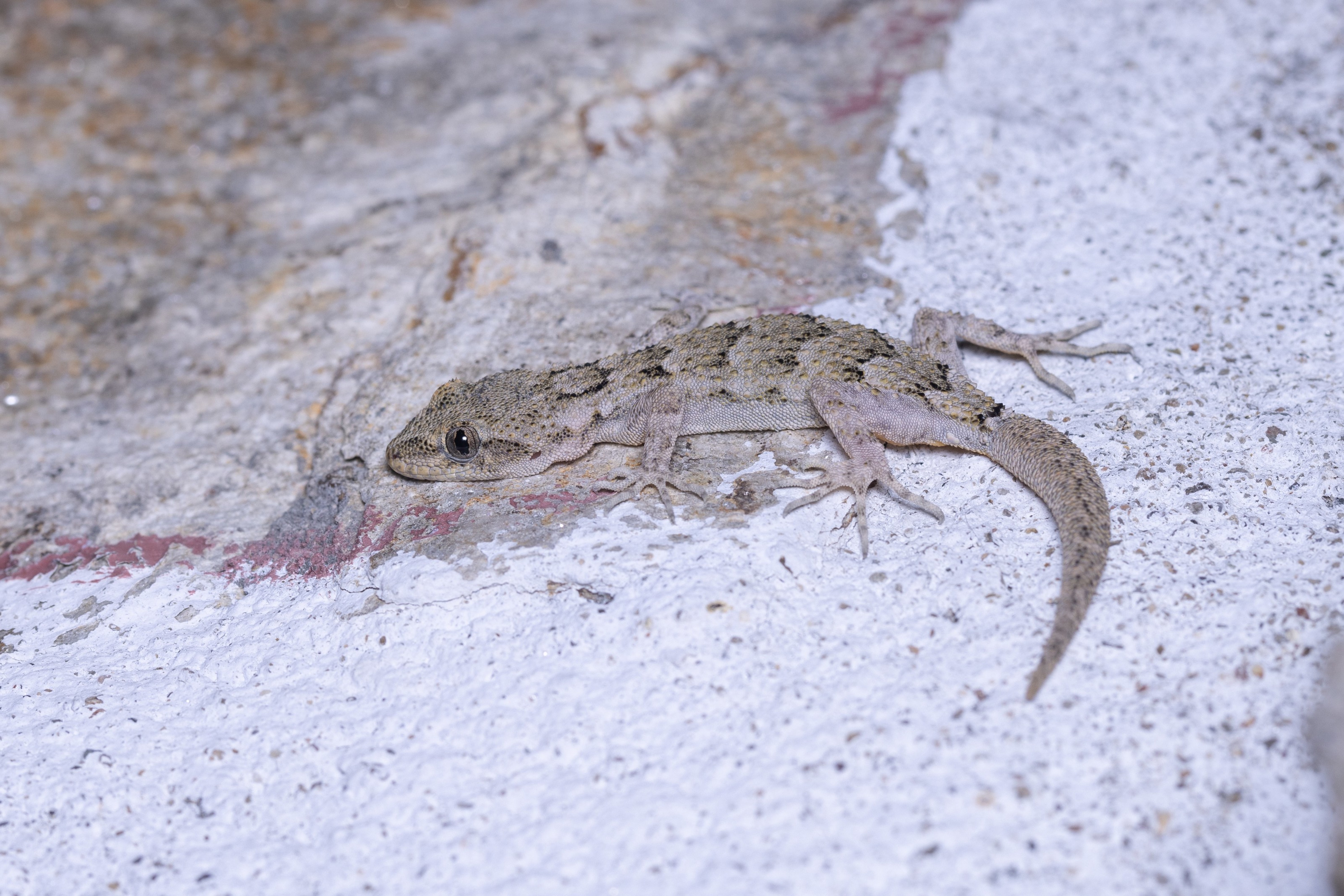
No comments yet — leave one below: